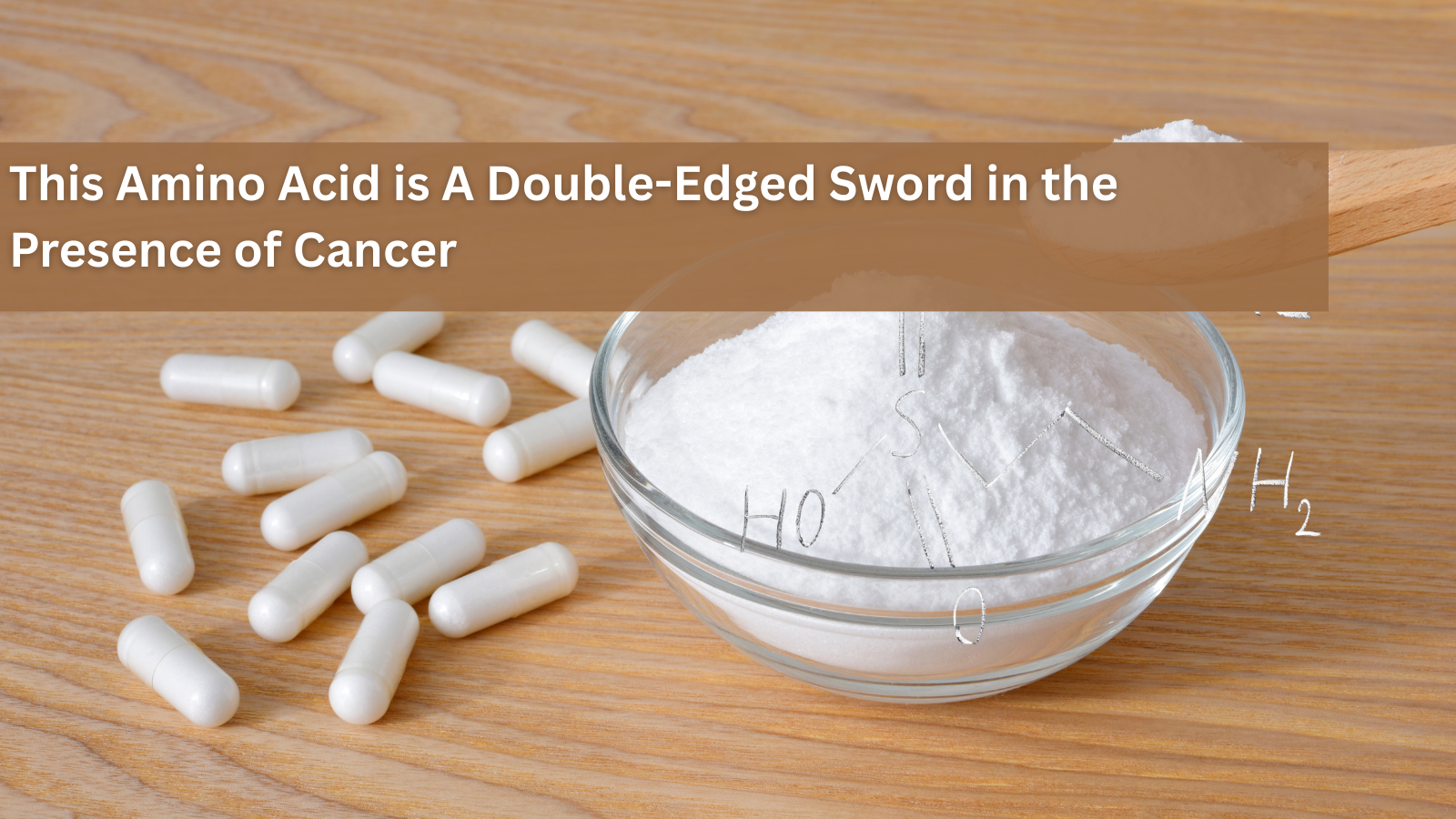What Are Beta Glucans?

Like many gut-enhancing polysaccharides, β-glucans have been found to be associated with the immune response, specifically triggering macrophages, neutrophils, and other immune cells and factors.
Beta Glucans: Composition
Beta glucans are naturally occurring polysaccharides composed of glucose molecules linked by beta-glycosidic bonds. They are found in the cell walls of various organisms, including cereals (like oats and barley), fungi, yeast, and certain mushrooms. The chemical structure of beta glucans can vary significantly depending on their source, which influences their solubility and biological activity. The most common beta-glucan structures are linear or branched, with 1,3 and 1,6 linkages being predominant.
Chemical Relation to Other Polysaccharides
When comparing beta glucans to other beneficial polysaccharides such as pectin, notable similarities and differences emerge. Pectin is primarily found in the cell walls of plants, especially in fruits, and consists mainly of galacturonic acid units. Unlike beta glucans, which have beta-glycosidic bonds, pectin is characterized by alpha-glycosidic bonds. Both beta glucans and pectin are known for their health benefits, but they work through different mechanisms. Beta glucans are recognized for their immunomodulatory and cholesterol-lowering effects, while pectin is well-known for its role in digestive health and its ability to form gels, which can aid in waste excretion and improve gut motility.
Benefits to Various Conditions
Immune Support
One of the most significant benefits of beta glucans is their ability to modulate the immune system. Studies have shown that beta glucans can stimulate the activity of immune cells such as macrophages, neutrophils, and natural killer cells. This enhancement of the immune response can help the body defend against infections and may even have implications in cancer therapy.
Heart Health
Beta glucans are also effective in promoting heart health by lowering blood cholesterol levels. They achieve this by binding to bile acids in the intestine, which are then excreted from the body. The liver must use cholesterol to produce new bile acids, thus reducing the overall cholesterol levels in the bloodstream. This mechanism is particularly well-documented in beta glucans derived from oats.
Blood Sugar Regulation
Another promising benefit of beta glucans is their ability to regulate blood sugar levels. By forming a viscous gel in the gut, they slow down the digestion of carbohydrates and the absorption of glucose, leading to more stable postprandial blood sugar levels. This effect is beneficial for individuals with diabetes or those at risk of developing the condition.
Gut Health
While not as well-known as pectin for this benefit, beta glucans can still positively affect gut health. They act as prebiotics, fostering the growth of beneficial gut bacteria. This can lead to improved digestion, enhanced nutrient absorption, and a healthier gut microbiome.
Conclusion
Beta glucans are versatile polysaccharides with a broad range of health benefits. From boosting the immune system to promoting heart health and regulating blood sugar levels, their potential applications in healthcare are vast. Understanding their chemical composition and how they compare to other polysaccharides like pectin is crucial for health professionals seeking to incorporate these compounds into treatment protocols.
While oats and barley top the list, they need to be avoided if non-organic.
The Best Food Sources with the most easily assimilable B-glucans are:
- Mushrooms (Resihi, Shitake)
- Seaweed
- Nutrition Yeast (Brewers Yeast):
Lowest in Iron: Dr. Berg’s Non-Fortified Nutritional Yeas
References
- Brown, G. D., & Gordon, S. (2003). Fungal beta-glucans and mammalian immunity. Nature Reviews Immunology, 3(6), 425-436.
- Wood, P. J. (2007). Cereal beta-glucans in diet and health. Journal of Cereal Science, 46(3), 230-238.
- Volman, J. J., Ramakers, J. D., & Plat, J. (2008). Dietary modulation of immune function by beta-glucans. Physiology & Behavior, 94(2), 276-28
- Yamada, H., & Kiyohara, H. (2007). Complement-activating polysaccharides in traditional herbal medicines. Journal of Traditional Medicines, 24(1), 5-15Nelson Montelauro.

August 19, 2025
This Amino Acid is A Double-Edged Sword in the Presence of Cancer
Taurine is a sulfur-containing amino acid derivative found abundantly in animal tissues that has been touted for its role in heart health, mitochondrial function, and cellular hydration. In recent years, taurine is increasingly recognize...
Read more
August 19, 2025
How Wheat can Harm Everyone: Three Plausible Mechanisms
Wheat was among our first domesticated crops, beginning over 10,000 years ago in the Fertile Crescent. Ancient peoples later hybridized to form modern bread wheat (Triticum aestivum) about 8,500–9,000 years ago. In the 20th century, the ...
Read more
August 19, 2025
Radiation and How You Can Protect Yourself
We live in a world buzzing with invisible forces. Wi-Fi is almost everywhere nowadays,especially in modern countries, and when you can’t get Wi-Fi, you likely turn on your mobile data — which means you’re exposed to electromagnetic field...
Read more





Leave a comment